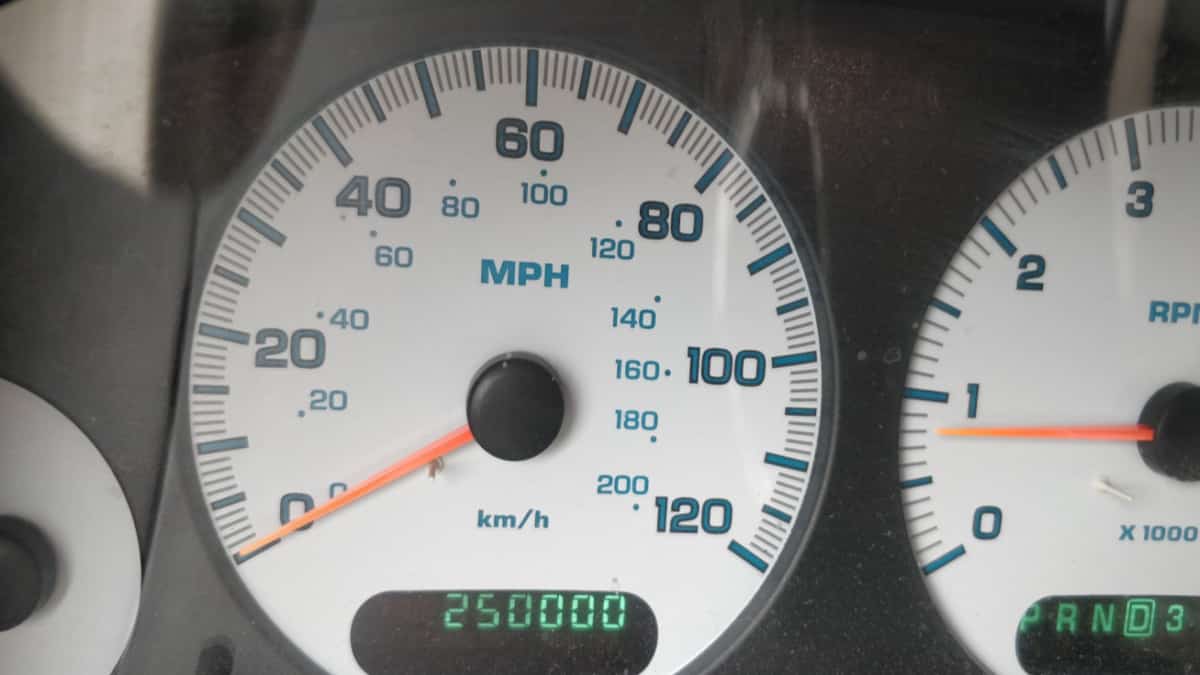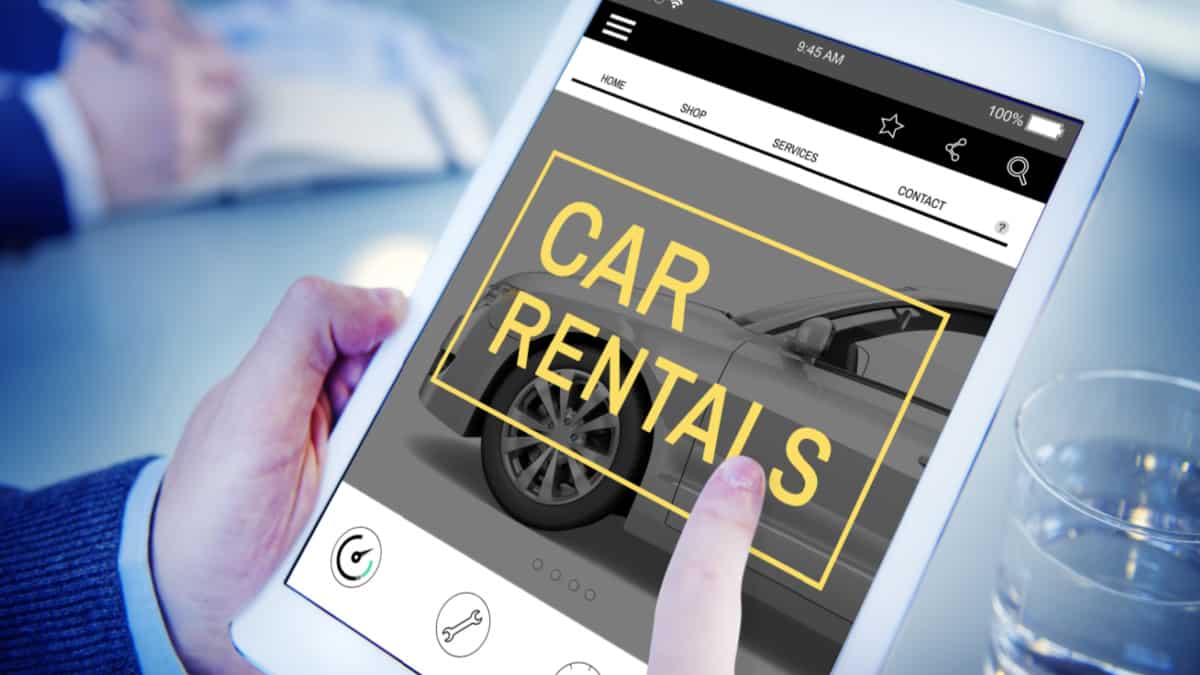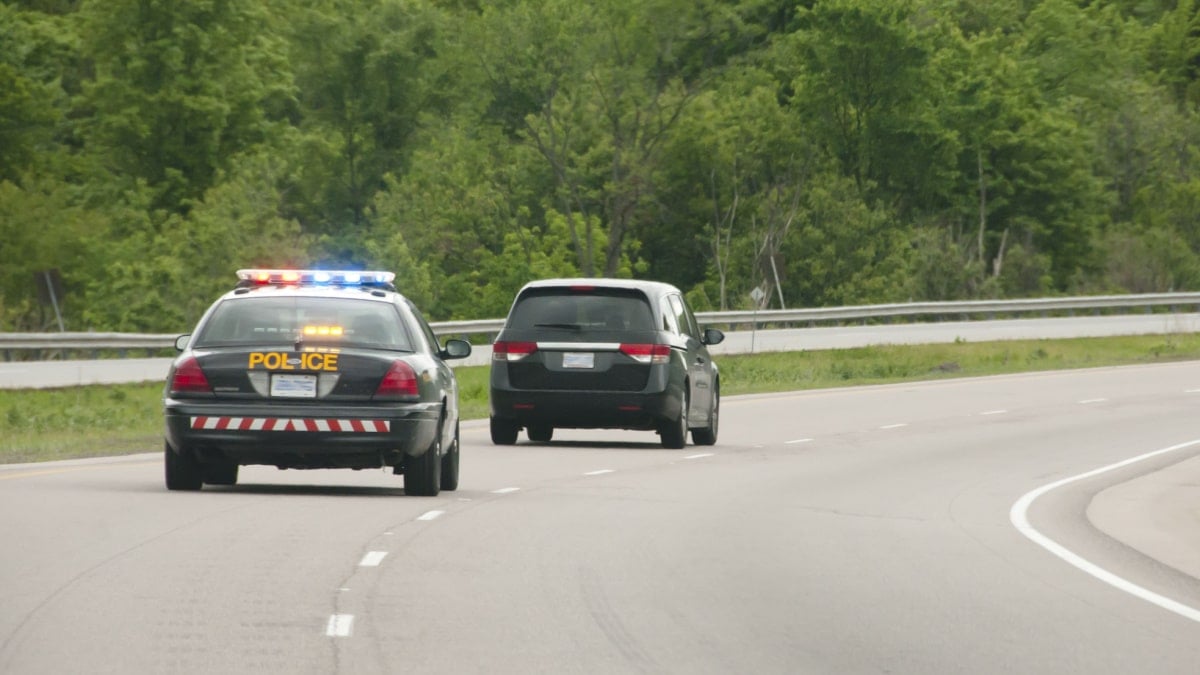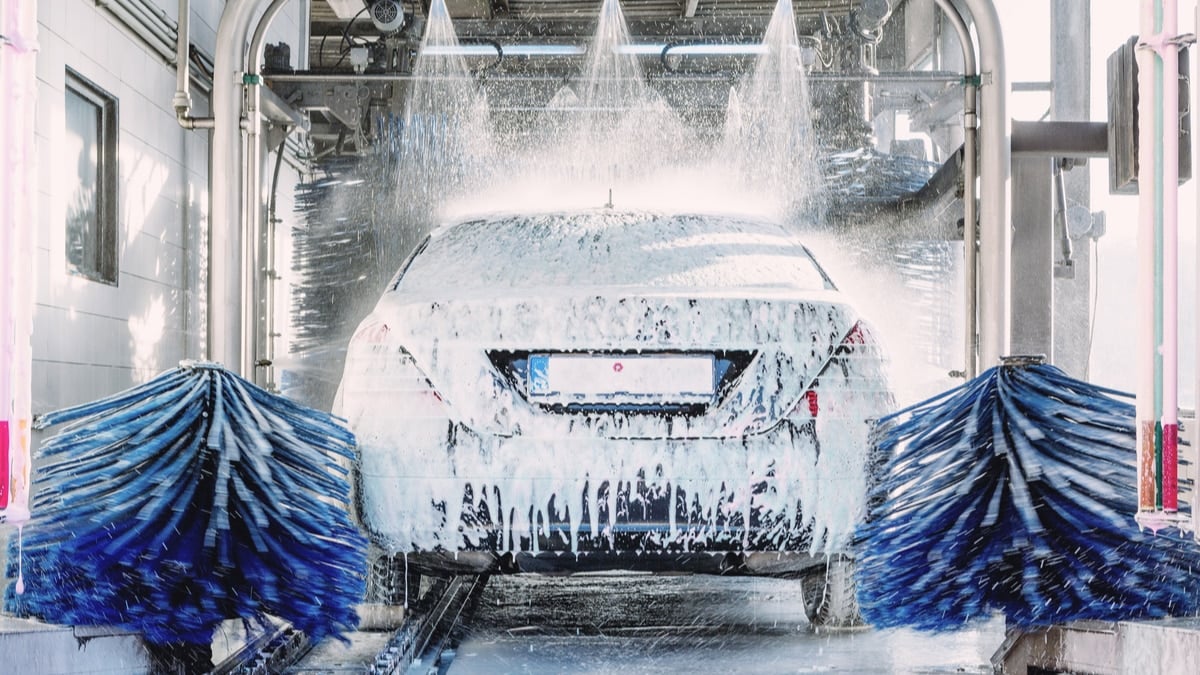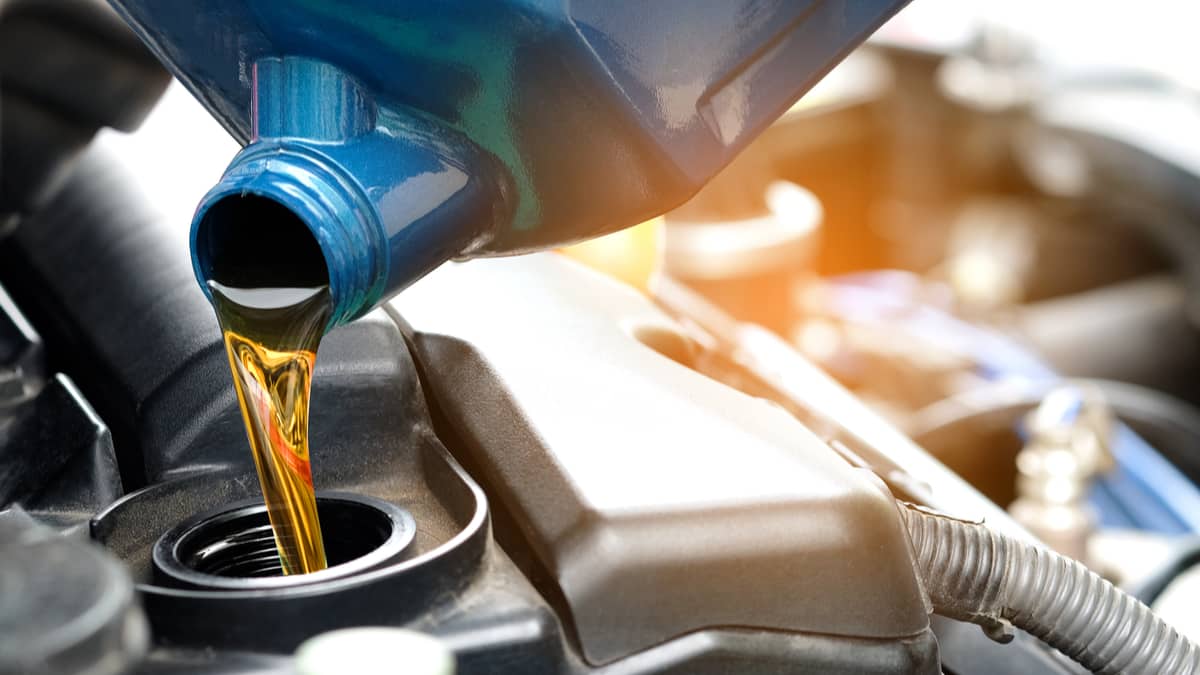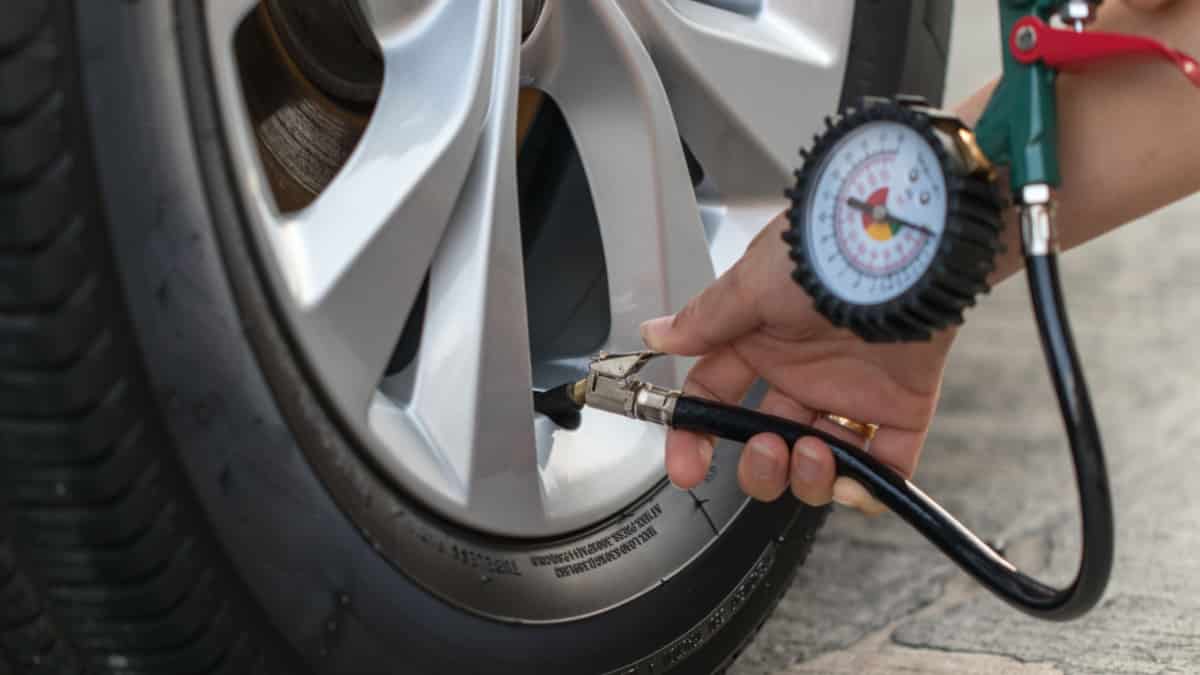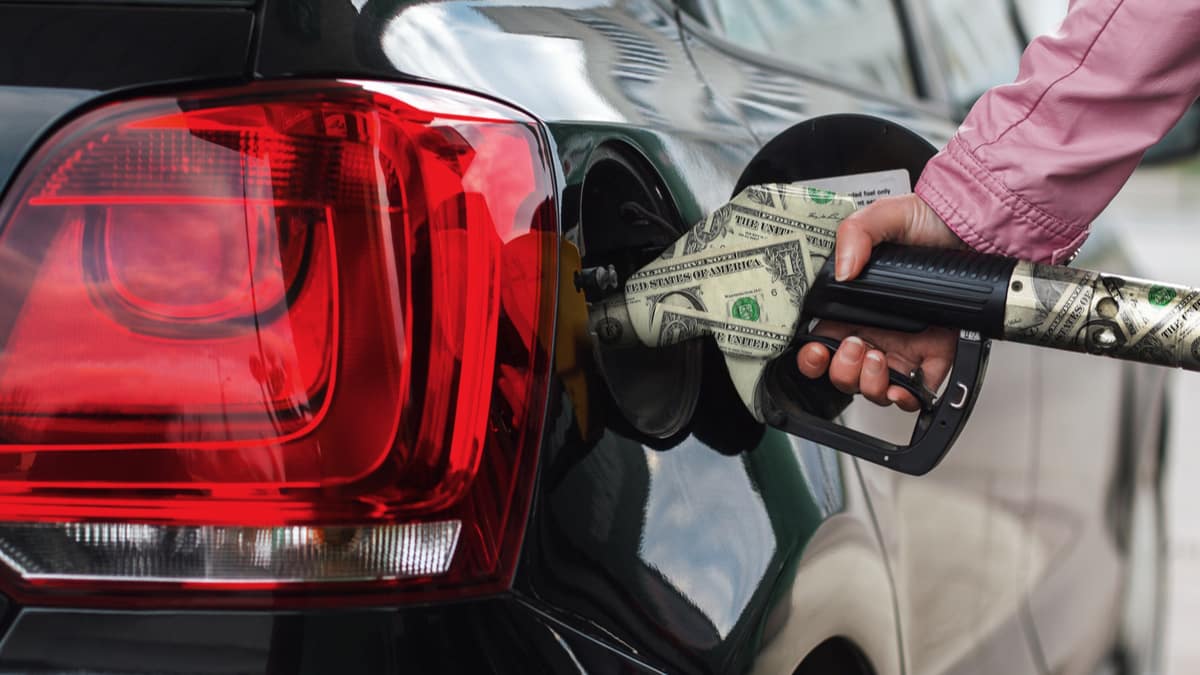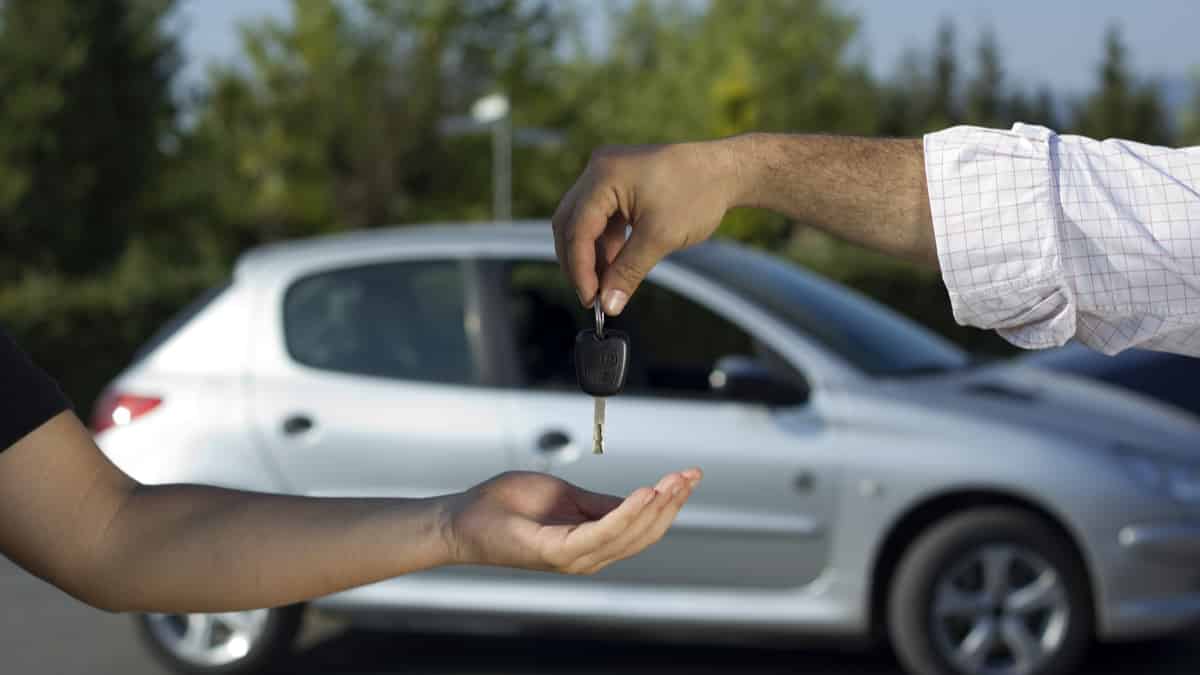Not all high-mileage cars are covered in rust and feature loud exhausts that are falling apart. With today’s technology, it’s normal to see high-mileage vehicles that are still in good shape and run well. At what point is a car considered high mileage?
In this guide, we evaluate the point at which a car is considered to have high mileage. We also look at the average lifespan for a car, show you problems it could have and help you take care of the vehicle for a longer service life.
At What Point is a Car Considered High Mileage?
Nowadays, cars with more than 130,000 miles can be considered high mileage cars. It can also be used to define any vehicle that accumulated more than 15,000 miles per year. However, what is considered high mileage can also depend on the quality of the car model.
Older cars were often considered as high mileage over 80,000 miles. However, modern cars can last a lot longer than they once did. With proper care, you could easily get 200,000 miles or more out of the vehicle.
How Many Miles Does a Car Last?
It wasn’t that long ago when a car was expected to die any time after 100,000 miles. However, new tech advancements with the industry have caused many vehicles to last longer.
If a vehicle is well taken care of, it can easily hit the 200,000-mile mark. However, this figure is just an average. The actual time that your vehicle will last is dependent on what make and model it is, along with how you are taking care of it.
READ MORE: How Long Do Cars Last? (& How Many Miles?)
Should I Buy a Car with High Mileage?
There’s no clear-cut answer to this question. If the car is in good shape and is newer, the high mileage might not be a big deal. Newer models have better technology and features that keep them running longer.
You might be tempted to buy a low-mileage car with less wear and tear, but this isn’t always a good option either. If the car sat around a lot, there could be other issues with it. Plus, you are going to pay a premium price for it.
On the other hand, the high-mileage car shows that it’s been running. If it is a newer model, the miles are likely from the highway, which offers less wear to the overall components.
The bottom line is that you can’t judge a car strictly by the mileage alone. You have to look at the whole picture to determine what shape it’s in.
RELATED: 6 Best Motor Oils for High Mileage Engines – Review
Problems that Occur with High-Mileage Cars
1. Transmission Failure
If the transmission hasn’t been taken care of, it could fail at any time. The trouble with a failed transmission is that it can cost a lot of money to repair or replace.
Once a transmission gets past 100,000 miles, it’s more likely to fail. Yet, you can keep it going with some preventative maintenance.
2. Contaminated Oil
If the engine oil is regularly changed, the engine will be in its best shape. If it hasn’t been cared for, this contaminated oil can cake up in the engine, causing it to fail prematurely.
Thankfully, you can easily check the condition of the oil. On top of that, you should switch your vehicle over to a high-mileage oil to help clean up the engine from sludge.
3. Dead Battery
The average car battery should last four to five years. If your car has high mileage, it probably already had a replacement battery or two.
However, you want to check the condition of the battery before it dies on you. With a quick check, you can have the battery replaced before it leaves you stranded.
4. Worn Brakes
The mileage of a car won’t adequately determine if the vehicle needs new brakes. Instead, the brake wear relies solely on how the vehicle has been driven and the previous maintenance that has occurred.
If the brakes are squeaking or grinding when you step on the pedal or it’s taken longer to stop, it’s time to have the brakes replaced. There could also be more costly issues with the brake hardware if the system wasn’t taken care of.
5. Old Tires
Tires are another part of the vehicle that wear out from excessive use. It also depends on what type of tire is being used, as you can get cheap tires or high-end, reliable brands.
If you need to put new tires on the car, that could easily add $400 or more, depending on what size they are. There’s the option to purchase used tires, but this avenue doesn’t often save you a whole lot of money.
6. Fuel System Failure
There are many components working together to create a reliable fuel system, but after 100,000 miles, many of these parts can fail. If the car was regularly driven with a near-empty tank, the fuel pump could fail.
Additionally, you want to check the fuel filter to see if it’s in good shape, indicating that the car was taken care of. Otherwise, you could face costly repairs to keep the fuel system running.
7. Defective Water Pump
In general, the water pump can fail around 90,000 miles. If the water pump starts to malfunction, it’s going to leak coolant.
Without the right amount of coolant, the engine can overheat, leading to serious damage. That’s why the water pump should be changed at the first sign of failure.
8. Worn Timing
Timing belts and chains won’t always provide a warning before they break. However, if the chain or belt breaks, it can cause serious damage to the engine.
That’s why it’s important to follow the recommended maintenance schedule for replacement. On some vehicles, this is right around 100,000 miles, so you want to change it if it hasn’t been done already.
Steps to Keep Your High-Mileage Car on the Road Longer
1. Fix Issues Immediately
If there’s something wrong with your vehicle, have it fixed right away. The only way to ensure it remains in good working condition is to keep up-to-date with whatever is wrong.
If you hear a strange sound, smell something odd or notice poor handling, get it looked at. Additionally, it’s important to use high-quality parts for the repairs. With regular service, you ensure it stays on the road.
2. Follow the Recommended Maintenance Schedule
Your car comes with a recommended maintenance schedule from the automaker. If you follow these guidelines, you are going to keep it in its best condition.
Follow all of the guidelines for oil changes, tire rotations and fluid maintenance. By ignoring these recommendations, you leave the car open for mechanical failure.
3. Drive Easy
Pay attention to how you drive. If you take it easy and use caution, your vehicle is going to last longer.
Avoid riding the brakes and don’t take turns too fast. You should also avoid driving down rough roads if you want the suspension to last.
How many miles on a car is too high to buy?
Generally speaking, buying a car with more than 200,000 miles on it may not be the best idea. Cars tend to start having major problems around this time and can often be quite expensive to repair. However, there really is no definitive answer to this question as it depends on a number of factors, such as the make and model of the car, its maintenance history, and how well it has been cared for.
How many miles can an engine last?
Many factors can affect engine longevity. However, with proper maintenance and care, most engines should be able to last for at least 200,000 miles. Of course, some engines may last much longer than this, while others may not make it quite as far. Ultimately, it all depends on how well the engine is cared for and maintained over the years.
What is the most reliable high-mileage car?
Generally, Asian cars like Toyota, Honda, Subaru, and Lexus are considered good high-mileage cars to buy and tend to rank high in terms of reliability. However, there is no one-size-fits-all answer to this question, as the most reliable high-mileage car for you may not be the best choice for someone else.
Is 300 000 miles a lot on a car?
Yes, 300,000 miles is a lot on a car considering the average lifespan of a car is about 200,000 miles. You should definitely think twice if you think of buying a car with 300,000 miles on the odometer.
Categories: Market
